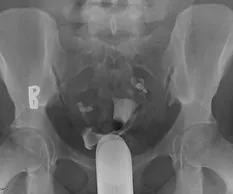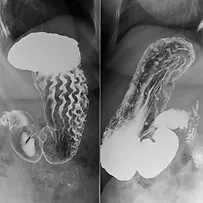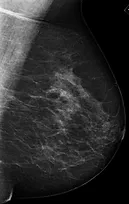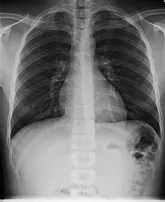Procedures
- Home
- Procedures

HSG

Barium Meal

Mammogram

Chest

General radiography is a type of medical imaging that uses X-rays to produce images of the body. It is used to diagnose and monitor a variety of medical conditions, including fractures, tumors, and other abnormalities. General radiography can also be used to guide procedures such as biopsies and surgeries.
Fluoroscopy is a type of medical imaging that uses X-rays to create real-time images of the inside of the body. It is used to diagnose and treat a variety of medical conditions. During a fluoroscopic examination, an X-ray beam is passed through the body and the resulting images are projected onto a monitor. The images can be viewed in real time, allowing doctors to observe the movement of organs and other structures within the body. Fluoroscopy can also be used to guide medical procedures such as biopsies, catheter insertions, and joint injections.
Long leg spine imaging is a type of X-ray imaging used to measure the length of the spine. It is used to diagnose and monitor conditions such as scoliosis, kyphosis, and lordosis. The images are taken from the side and show the entire length of the spine from top to bottom. The measurements taken from these images can help doctors determine if a patient has any spinal deformities or abnormalities.
Mammography is a type of imaging that uses low-dose X-rays to detect breast cancer. It is used to detect and diagnose breast cancer in its early stages, when it is most treatable. Mammograms can also be used to monitor changes in the breasts over time.
Aspiration procedures are medical procedures that involve the removal of fluid or tissue from the body using a needle or tube. This type of procedure is commonly used to diagnose and treat a variety of conditions, including cysts, abscesses, and tumors. Aspiration may also be used to remove excess fluid from the lungs or abdomen.
Ultrasound is a type of imaging technology that uses sound waves to create images of the inside of the body. It is used to diagnose and monitor a variety of medical conditions, including pregnancy, heart disease, and cancer. Ultrasound can also be used to guide procedures such as biopsies and surgeries.
Doppler ultrasound is a type of ultrasound imaging that uses sound waves to measure the speed and direction of blood flow in the body. It is commonly used to assess blood flow in the arteries and veins of the neck, abdomen, arms, and legs. It can also be used to evaluate fetal heart rate and detect blockages in blood vessels.
Magnetic Resonance Imaging (MRI) is a type of imaging test that uses powerful magnets and radio waves to create detailed pictures of the inside of the body. It is used to diagnose and monitor a variety of medical conditions, including cancer, heart and vascular diseases, joint problems, and neurological disorders. MRI scans are painless and noninvasive.
Interventional procedures are medical treatments that involve the use of minimally invasive techniques to diagnose and treat diseases or conditions. These procedures are typically performed using imaging guidance, such as X-ray, ultrasound, or computed tomography (CT) scans. Examples of interventional procedures include angioplasty, stent placement, biopsies, and ablation.
GENERAL X-RAYS E.G. CHEST, ABDOMEN AND SKULL. (DO NOT NEED APPOINTMENTS)
All examinations will require a doctor’s referral. We do not accept self-referred patients.
